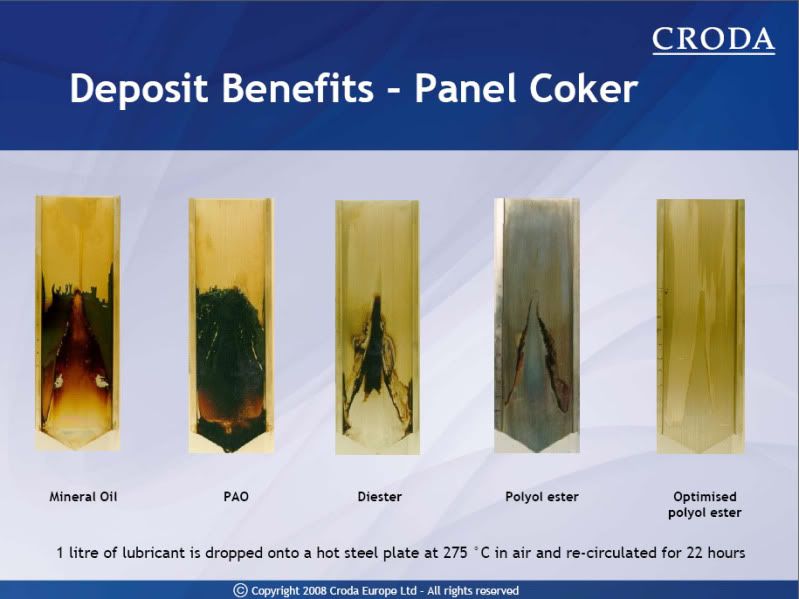Originally Posted By: Smokefan1977
I just don't get why a Company like GM can't get onboard with changing their truck engines. Pushrods and more moving parts is so 1980. I don't get why anyone would purchase this old technology. Keep building them and ill keep making money on failed valvetrain parts
If you're building a race engine with limited displacement and unlimited revs, OHC is better. For passenger cars, pushrod engines have advantages in lower manufacturing cost, lower parts count, lower friction, lower engine weight, lower engine CG, and lower engine height and width. How are you going to build a Vee-type OHC engine and keep the parts count down to the same that's achievable in a pushrod engine with the same number of cylinders?
As far as the Ecoboost is concerned, I think it's well-engineered, but the execution is flawed for fitting in with the automotive world of the next 5-10 years. The industry buzzwords I have been hearing since the Feds jacked up the CAFE standards are "friction reduction", "engine downsizing" and "engine downspeeding". While Ecoboost embraces downsizing, the 3.5 V6 has four cams, 24 valves and slider cam followers, all of which flies in the face of friction reduction.
And once downspeeding takes hold in the next 3-4 years, there will be less need for 6000+ rpm speeds, so 4 valve per cylinder engines will be harder to justify. Why not engineer a 3.9-liter 2 valve per cylinder pushrod V6 to do the same thing?
I just don't get why a Company like GM can't get onboard with changing their truck engines. Pushrods and more moving parts is so 1980. I don't get why anyone would purchase this old technology. Keep building them and ill keep making money on failed valvetrain parts
If you're building a race engine with limited displacement and unlimited revs, OHC is better. For passenger cars, pushrod engines have advantages in lower manufacturing cost, lower parts count, lower friction, lower engine weight, lower engine CG, and lower engine height and width. How are you going to build a Vee-type OHC engine and keep the parts count down to the same that's achievable in a pushrod engine with the same number of cylinders?
As far as the Ecoboost is concerned, I think it's well-engineered, but the execution is flawed for fitting in with the automotive world of the next 5-10 years. The industry buzzwords I have been hearing since the Feds jacked up the CAFE standards are "friction reduction", "engine downsizing" and "engine downspeeding". While Ecoboost embraces downsizing, the 3.5 V6 has four cams, 24 valves and slider cam followers, all of which flies in the face of friction reduction.
And once downspeeding takes hold in the next 3-4 years, there will be less need for 6000+ rpm speeds, so 4 valve per cylinder engines will be harder to justify. Why not engineer a 3.9-liter 2 valve per cylinder pushrod V6 to do the same thing?



